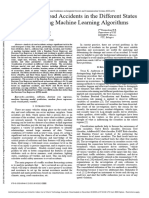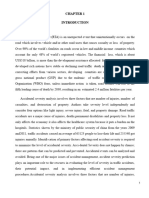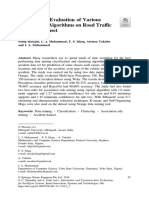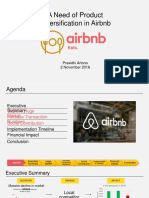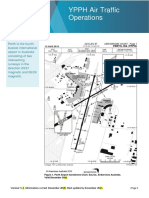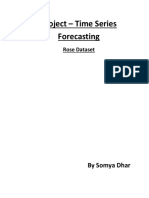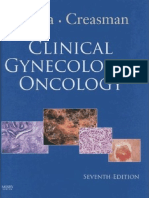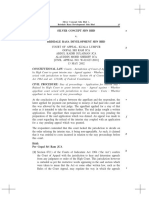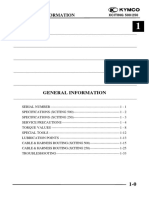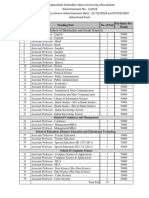0% found this document useful (0 votes)
17 views26 pagesRoad Safety Engineering Unit-2
The document outlines statistical methods for analyzing accident data to identify causes related to drivers, vehicles, and road conditions. It discusses common human errors leading to accidents, the role of accident reconstruction, and the importance of data collection and analysis in predicting and preventing road accidents. Additionally, it highlights the use of advanced data mining and machine learning techniques to manage and analyze large volumes of accident data for improved road safety.
Uploaded by
Sarfaraz WahedCopyright
© © All Rights Reserved
We take content rights seriously. If you suspect this is your content, claim it here.
Available Formats
Download as DOCX, PDF, TXT or read online on Scribd
0% found this document useful (0 votes)
17 views26 pagesRoad Safety Engineering Unit-2
The document outlines statistical methods for analyzing accident data to identify causes related to drivers, vehicles, and road conditions. It discusses common human errors leading to accidents, the role of accident reconstruction, and the importance of data collection and analysis in predicting and preventing road accidents. Additionally, it highlights the use of advanced data mining and machine learning techniques to manage and analyze large volumes of accident data for improved road safety.
Uploaded by
Sarfaraz WahedCopyright
© © All Rights Reserved
We take content rights seriously. If you suspect this is your content, claim it here.
Available Formats
Download as DOCX, PDF, TXT or read online on Scribd
/ 26


























